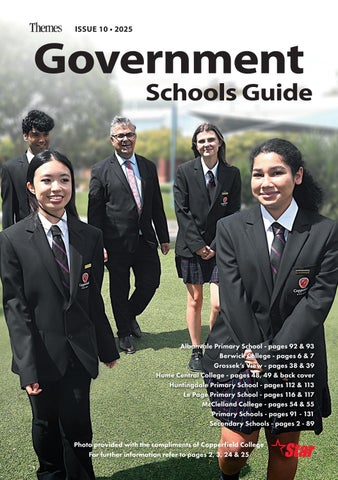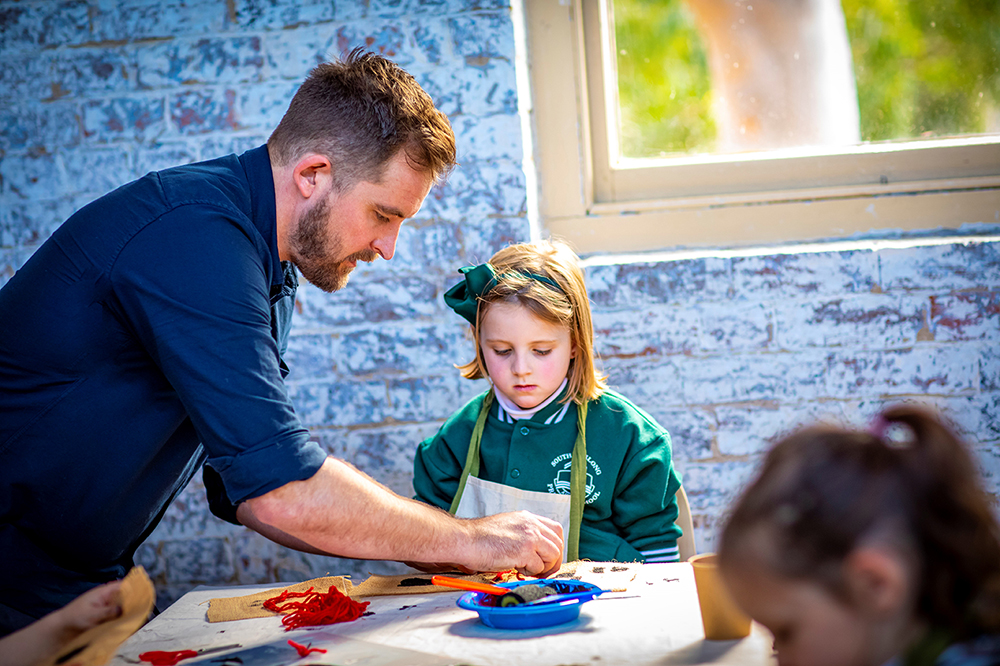New research highlights that school students’ levels of physical activity and their mental performance are connected. The research was published in a recent book, Health and Education Interdependence, which shows the links between two sectors often treated as unrelated.
“Until recently, children’s bodies and minds were often divided as separate entities in relation to thinking,” says Dr Brendon Hyndman of Charles Sturt University, one of the authors and editors of the book. “However, there is more and more research endorsing the link between physical activity and a range of benefits to cognitive, psychological, academic and educational outcomes.”
This connection is relatively new and researchers have only just begun to investigate it. However, findings consistently support a positive relation between physical activity and mental performance, including benefits to emotional wellbeing and children’s behaviour.
This link between physical activity and the brain may prove fundamental. One chapter points to the potential role of epigenetics in memory consolidation, focus, and coping with stress. The emerging field of epigenetics highlights the way that the physical environment, parental health, nutrition, early experiences, and behaviours can change the way genes are expressed across generations. This opens the possibility that physical activity may play a protective role in brain development on a deep biological level.
While the authors caution that this connection requires more research, they say other links are becoming well established. They highlight a range of studies that indicate physical activity positively impacts on academic achievement, including one trial of active lessons with over 1,500 participants and another involving children’s weekly physical activity participation.
“Physical activity is an area of health most of us are familiar with and this research showcases how increasing our movement habits can improve brain cell growth, functioning and overall mental performance,” says Dr Hyndman.
“There is emerging evidence over the past two decades that links movement with improvements in children’s academic outcomes, in memory, in problem solving, in planning and in self-regulation.”
The authors refer to a study of 620 Australian primary school children who received teaching from specialist PE teachers, in which the students demonstrated noticeable improvements in literacy and numeracy. Another investigated studies that connected children’s participation in physical education with learning domains over a 20 year period.
“The research shows that if schools increased the proportion of curriculum time allocated to PE,” the authors write, “this would enhance students’ learning across cognitive, affective and psychomotor learning domains.”
“We also need to consider how people learn from the many contexts and influences that occur beyond classroom or timetabled learning.”
Dr Hyndman points to many contexts in which students can “learn how to be active”, including before-school programs, recess periods, after-school programs, excursions or camps, travelling to school, and in the home and neighbourhood. “Positive learning strategies can be prioritised beyond timetabled classes and curricular demands,” he said. “The recent formation and the international endorsement for the Global Recess Alliance shines a light on this need.”
“We know that unless enjoyable physical education and physical activity experiences are provided early in life, adults are less likely to develop and adopt regular physical activity habits across the lifespan.”
Richard Midford, Georgie Nutton, Brendon Hyndman & Sven Silburn. (2020). Health and Education Interdependence: Thriving from birth to adulthood. Springer.
For more information or an interview, please contact Dr Brendon Hyndman of Charles Sturt University at bhyndman@csu.edu.au
MECRA – Media Centre for Education Research Australia









